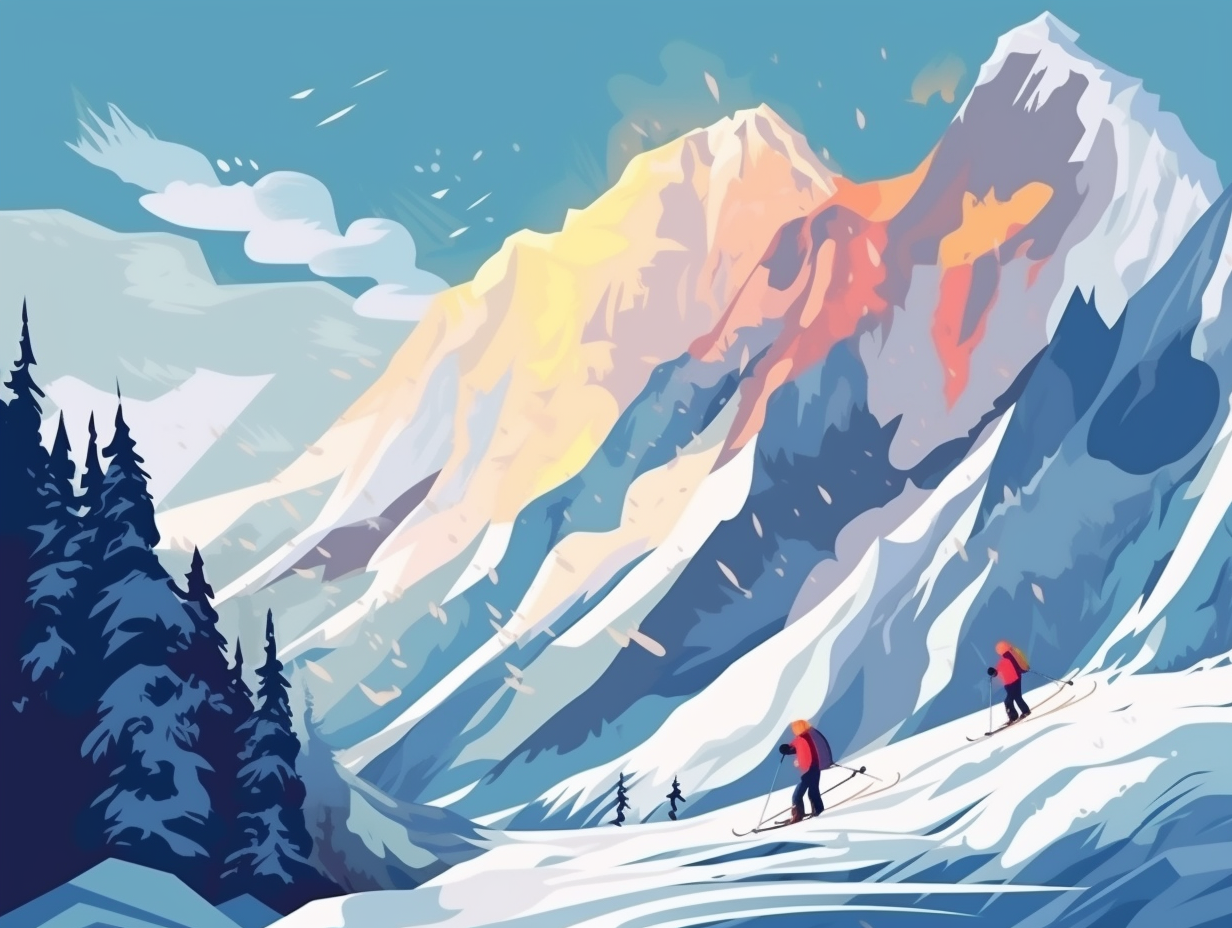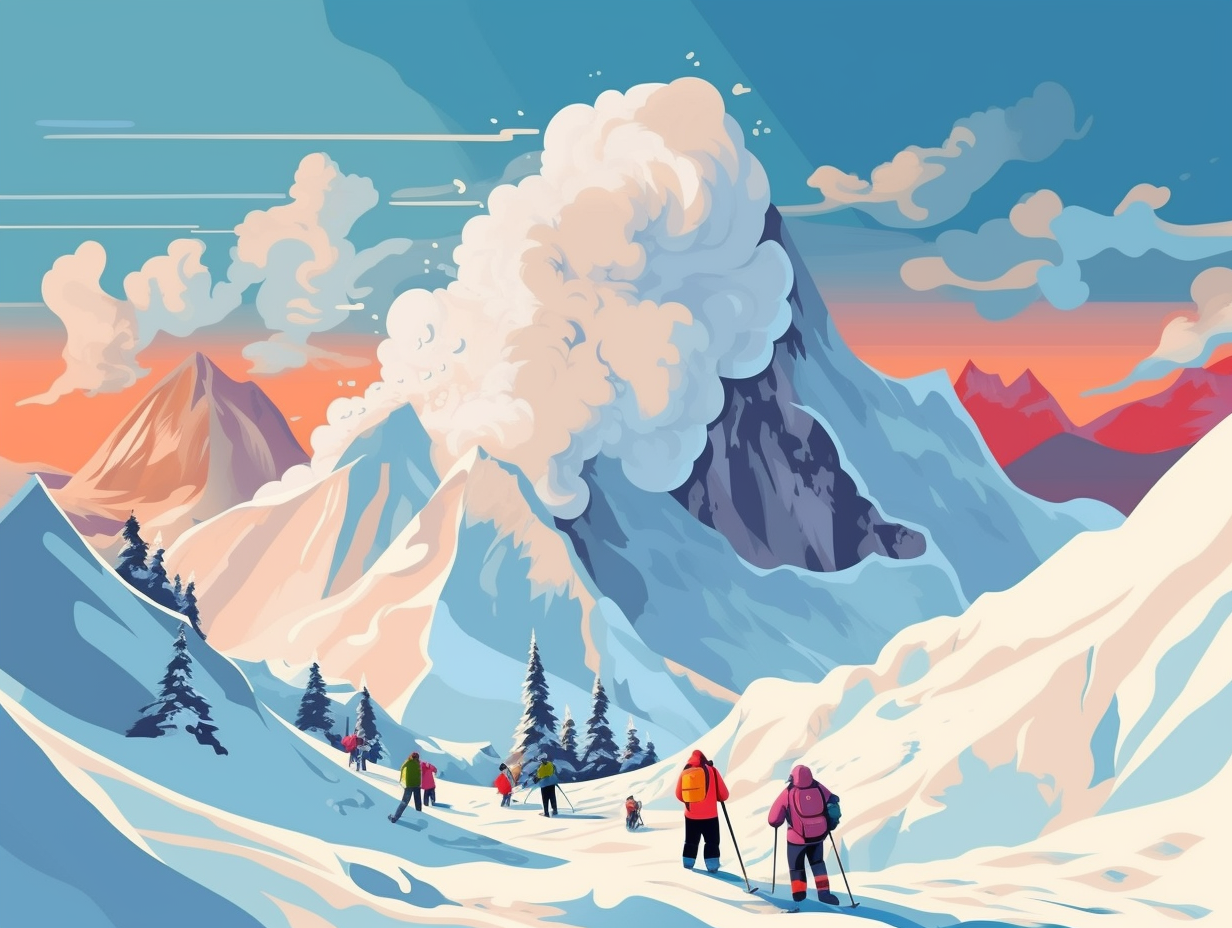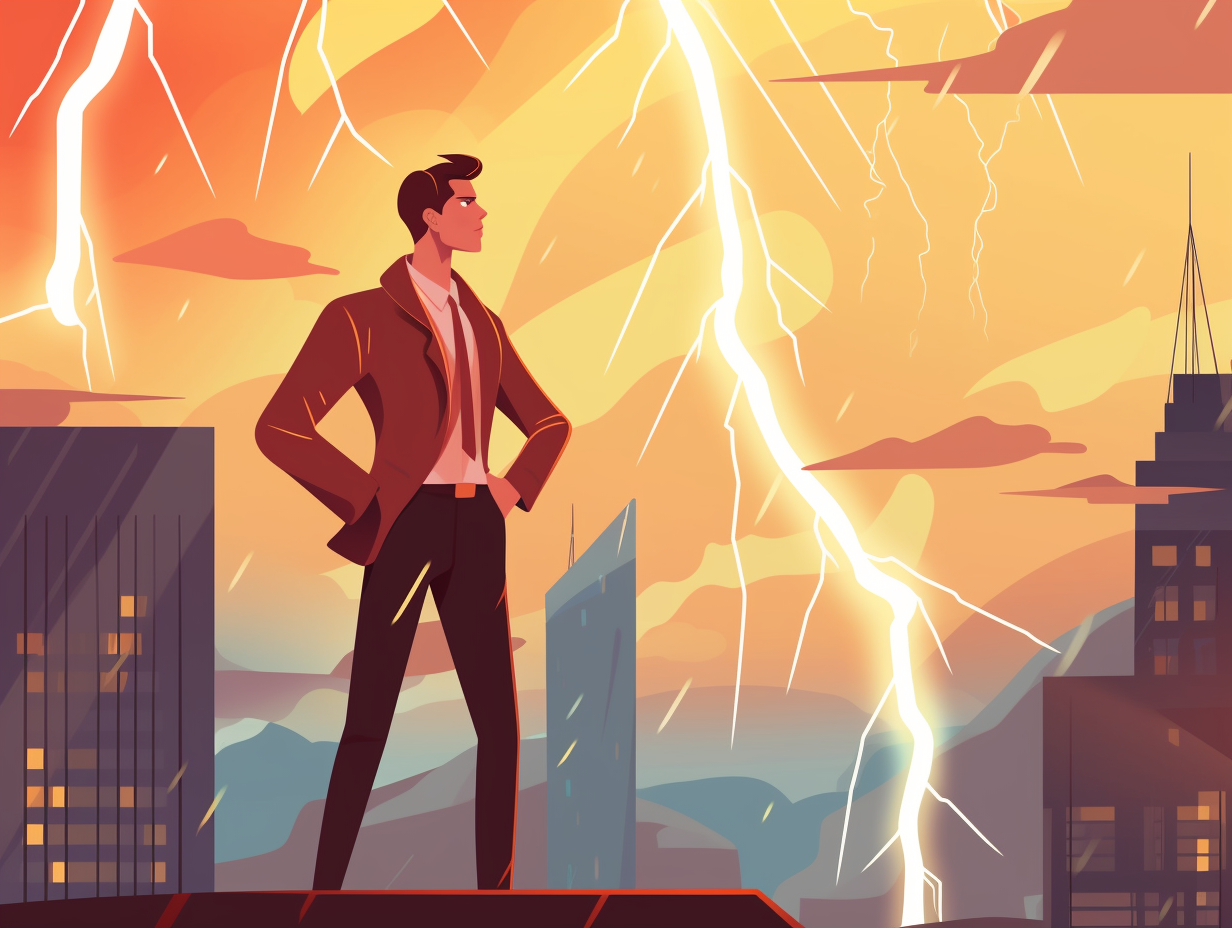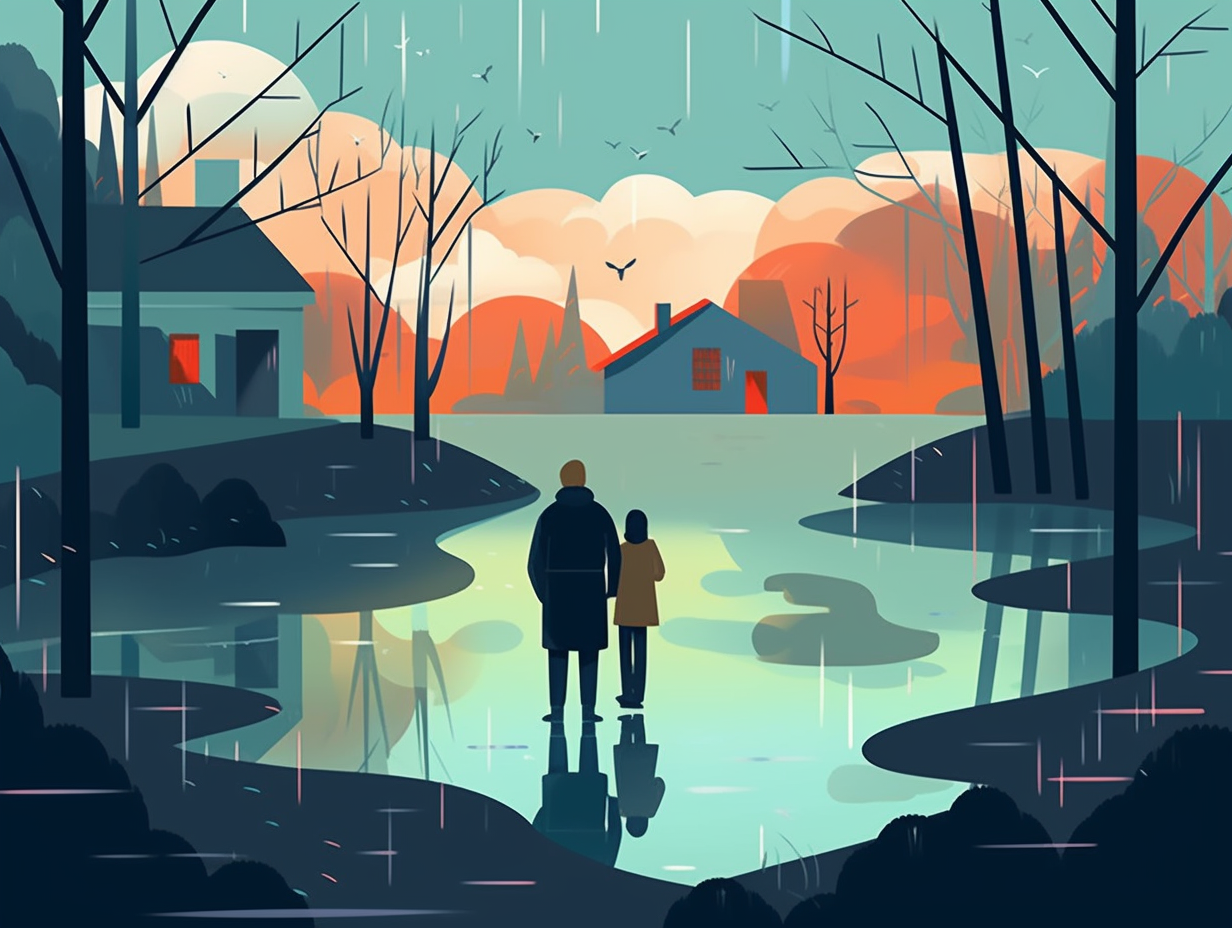Discover the Thrill: Top 8 Unbelievable Fun Facts About Avalanches You Need to Know!

1. Speedy and Slow-mo Avalanches
If you think avalanches are just Mother Nature's snowball fights on steroids, you're in for a frosty surprise: While dry slab avalanches can hit a chilly 60-80 miles per hour, wet avalanches are the slow-mo siblings at a mere 20 miles per hour – but don't be fooled, both types are icy cold killers that demand respect and caution.
Source => utahavalanchecenter.org
2. Beware of Snow Mustaches
Beware of deceptively dainty snow mustaches in the mountains: Cornices, those charming overhanging snow formations, can actually trigger devastating slab avalanches which can turn a leisurely backcountry ski trip into a perilous endeavor.
Source => avalanche.state.co.us

Did you know that landslides can be Mother Nature's way of reorganizing real estate? Discover the astonishing impacts of the Oso and Montecito landslides and how they've reshaped the USA. 🌎💥
=> Fun Facts about Landslides
3. Humans Trigger More Avalanches
Avalanches: Nature's all-you-can-eat snow buffet, provided you're not on the menu! Seriously, folks: Avalanches claim over 150 lives annually, but rest assured that the National Weather Service, along with local forecast centers, do their best to keep winter enthusiasts informed and safe. Surprisingly, it's not Mother Nature who triggers most avalanches, but rather our own snow-surfing, trail-blazing escapades on skis and snowmobiles, making it all the more important to practice safe shredding and keep an ear out for tell-tale "whumping" sounds!
Source => weather.gov
4. Avalanches and Slope Angles
Slope-doping on a snowy day: Avalanches can strike on slopes as gentle as 25 degrees and as steep as 60 degrees, with certain angles attracting specific types of avalanches like a magnet, such as 50 to 60-degree inclines for loose snow avalanches and 30 to 45-degree slopes for slab avalanchepaloozas of all sizes.
Source => avalanche.ca

5. The Wellington Snow-buried Trains
When Mother Nature shakes her snow globe a bit too hard: The Wellington avalanche of 1910 was triggered by a catastrophic combination of rain, lightning, and thunder that swiftly buried two trains carrying around 50 passengers and 75 Great Northern Railroad employees under a whopping 40 to 70 feet of icy snow and debris. The monstrous snow-smother took 96 lives and over a week to dig out the victims, teaching a chilling lesson on the perils of clear-cutting timber on mountains above villages.
Source => history.com
6. Snowy Intruders and Air Blasts
Knock, knock! Who's there? Just a cascading rush of snow on a mission to rattle your windows and blow your doors off their hinges: Air blasts from powder avalanches can exert a pressure of 100 lb/ft of force, so be sure to account for these snowy intruders in your Alpine travels, as they've been known to teach many a skier the hard way how to bundle up against their frigid fury.
Source => coloradogeologicalsurvey.org
7. Frosty's Sinister Surface Hoar
When Frosty the Snowman sneezes, you better watch out: Surface hoar, a seemingly whimsical layer of crystal formations, has a sinister side as a major culprit in avalanche accidents. Requiring precise conditions like clear, cold skies and high humidity, this fragile troublemaker can linger in hidden spots and haunt snow adventurers with persistent slab instability for months.
Source => avalanche.org
8. Gossipy Etymology of "Avalanche"
Next time you're gossiping about avalanches, make sure to show off your language skills with the same flair as a snowboarder would in a whiteout: "avalanche" hails from the Savoyard term "lavantse," which joined hands with Latin's "labina" to describe a collapse or landslide, before charming its way into the modern lexicon as we know it today. In a twist of linguistic fate, the French verb "avaler," or "to swallow," just so happens to be an etymological doppelgänger, despite having no genetic ties to our favorite downhill snow catastrophe!
Source => french.stackexchange.com
Related Fun Facts




















